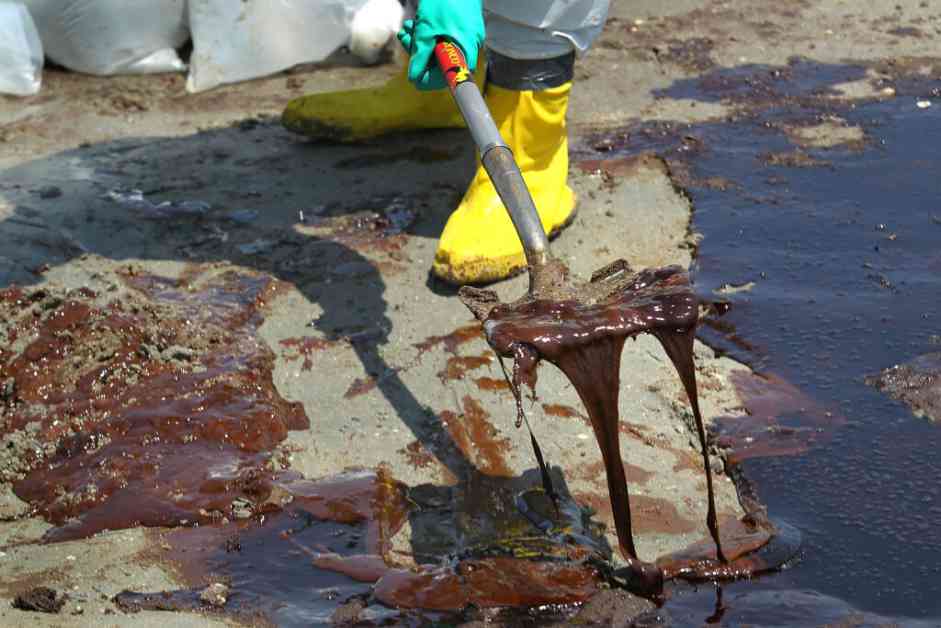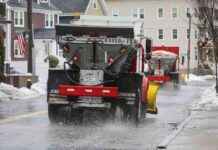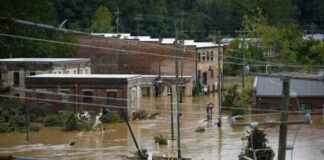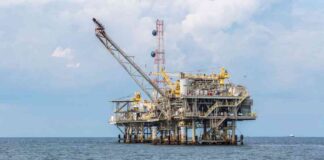15 years ago on April 20, BP’s Deepwater Horizon rig exploded, spilling 134 million gallons of oil off the coast of Louisiana. This marked the largest oil spill in the country’s history, causing devastation to the environment. The spill lasted for nearly three months, covering an area the size of Oklahoma with oil. The impact on fisheries, seabirds, turtles, whales, and endangered species was profound, and scientists are still studying the lasting effects today.
Recently, the environmental nonprofit SkyTruth released a white paper identifying the top polluting offshore oil rigs globally. They calculated the environmental costs of these rigs in terms of spilled oil, greenhouse gas emissions, and methane flaring. Despite the clear evidence of the ongoing problem of oil spills, the U.S. has increased offshore drilling since the Deepwater Horizon incident.
Last month, the Trump administration initiated a five-year process to sell new oil and gas leases, including new areas off the coast of Alaska. President Trump also signed an executive order to eliminate rules for new and existing offshore drilling regulations, including those implemented after the Deepwater Horizon spill. These regulations were designed to prevent similar disasters in the future.
Furthermore, Trump’s budget proposal includes significant cuts to funding at the National Oceanic and Atmospheric Administration for satellite research. These cuts would make it harder for organizations like SkyTruth to monitor offshore oil pollution. Despite these challenges, John Amos, the founder of SkyTruth, and his team have been using AI-powered software to monitor pollution from offshore oil and gas drilling.
The AI-powered software, Cerulean, scans satellite imagery to detect oil slicks associated with offshore facilities. SkyTruth estimates that 20 offshore oil facilities released nearly 300,000 gallons of oil between June 2023 and October 2024. The top polluting facilities were identified as those operated by Chevron, Exxon, and Shell. Amos and his team hope that their data will prompt enforcement agencies to take action against polluting sites and lead to the introduction of legislation to protect coastal and marine communities.
As offshore drilling moves farther from land, the risks associated with oil drilling increase. Christian Thomas, a geospatial engineer and lead report author, emphasizes the importance of public awareness to bring about change in the industry. Despite the economic impacts and environmental risks associated with offshore drilling, the industry continues to expand.
In conclusion, the need for public visibility and public pressure to address intentional oil pollution at sea is crucial. With the ongoing threat of catastrophic oil spills and the expansion of offshore drilling, it is essential to have access to real observations and data on environmental pollution. Through continued monitoring and advocacy efforts, organizations like SkyTruth aim to hold polluters accountable and protect marine ecosystems for future generations.














